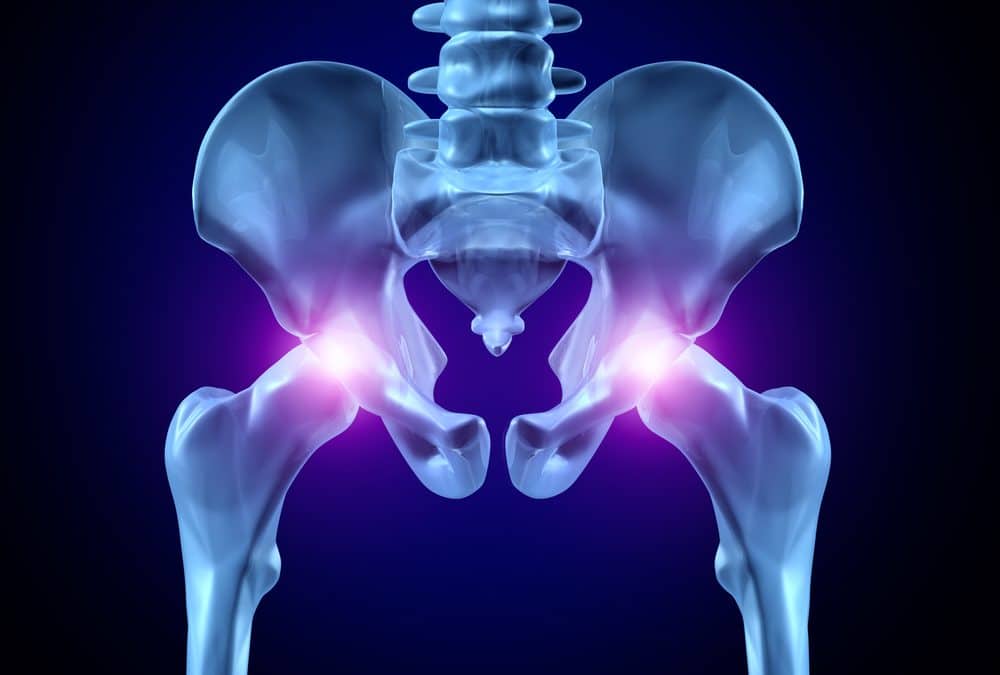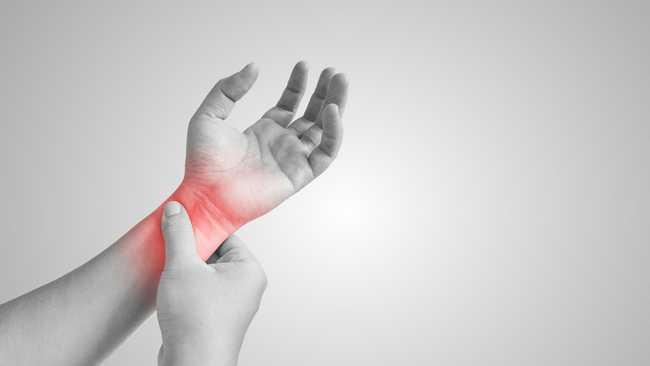
Creating a Meal Plan for Diabetes
Creating a Meal Plan for Diabetes: A Quick Guide
As of 2018, 10.5% of the U.S. population has diabetes. In fact, more than one million Americans get a diabetes diagnosis each year.
If you’ve had a recent diabetes diagnosis, know that you’re not alone. It’s a condition that you can manage with exercise and a healthy diet.
Transitioning to a new diet can be frustrating, especially when you have to cut back on your favorite foods.
Luckily, the right diabetic diet plan can keep you feeling your best. Read on to find out why proper nutrition is important and how to create a meal plan for diabetes.
What is Diabetes?
Diabetes affects the pancreas, which is the organ that regulates blood sugar using a hormone called insulin. It happens for one of two reasons: your body can’t make the right amount of insulin or your body doesn’t use it correctly.
Roughly 90-95% of diabetics have Type 2, which makes it the most common type of diabetes. It happens when your body can’t effectively use insulin. Extra body weight and a lack of exercise can lead to Type 2.
Type 1 happens when the pancreas doesn’t make enough insulin. It’s a less common type and often appears during childhood.
How Nutrition Can Impact Diabetes
Any time you eat too many calories or fat, your blood sugar can spike which can lead to complications. Luckily, you can keep your blood sugar levels in a safe range by eating the right foods. That’s why a healthy diet is critical to managing diabetes.
It’s also important to form good habits like eating at the same time every day and sticking to three meals.
Creating a Meal Plan for Diabetes
A Type 2 diabetes diet should revolve around complex carbs, healthy fats, and plenty of fiber. Since you need to limit the amount of calories and carbs you eat, it’s important to make everything in your nutrition plan count.
The best diet for diabetics includes these foods:
- Fresh fruits and vegetables
- Whole grain bread and pasta
- Nuts and legumes (unsalted almonds and walnuts, beans, peas)
- Low-fat dairy (Greek yogurt, cottage cheese, milk)
- Fish with omega-3 fatty acids (salmon and tuna)
- Lean protein (chicken and turkey)
- Healthy fats in moderation (avocados, olive oil)
You should avoid foods with a lot of sodium, saturated fat, and overly-processed foods. If you’re going to indulge, enjoy in moderation and choose the healthiest option. Here are some examples of what to avoid:
- Red meat (beef and pork)
- Hot dogs, bacon, sausage
- High sodium foods (chips, crackers, canned food, some frozen entrees)
- Highly-processed foods (packaged snack cakes, cookies, baked goods)
Transition to a Healthier Diet
A meal plan for diabetes doesn’t have to deprive you of your favorite foods. The important thing is to enjoy everything in moderation and choose a healthier option when it’s available. Plus, don’t forget to exercise, drink water, and check your blood sugar level.
At Amazing Life Chiropractic and Wellness, we offer a 5-week program to help people with diabetes transition to a healthier diet. To learn more or book an appointment for chiropractic care, contact us today.





